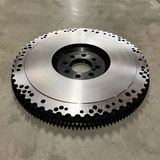Assembly instructions Flywheel
We always recommend that an experienced mechanic install the flywheel after the following checks have been made carefully.

Flywheel check
Check the new flywheel and compare with the old one. Will this fit?
Place the flywheels on a flat surface next to each other with the contact surface that should be against the crankshaft downwards. Here you can more easily check whether the trigger, starter ring, friction surface, mounting surface etc. match the old flywheel in height and diameter.
Starter ring
If you have the existing flywheel, checking whether the starter ring fits or not is simple. If you do not have the old flywheel or exact dimensions, it will be more difficult to check if the starter ring fits. Then the flywheel simply has to be mounted and checked accordingly. This is difficult to do in a good way so having an original flywheel is recommended. When the flywheel is mounted, the clearance between the gear and the starter ring should preferably not be greater than ~ 1mm as damage can occur over time.
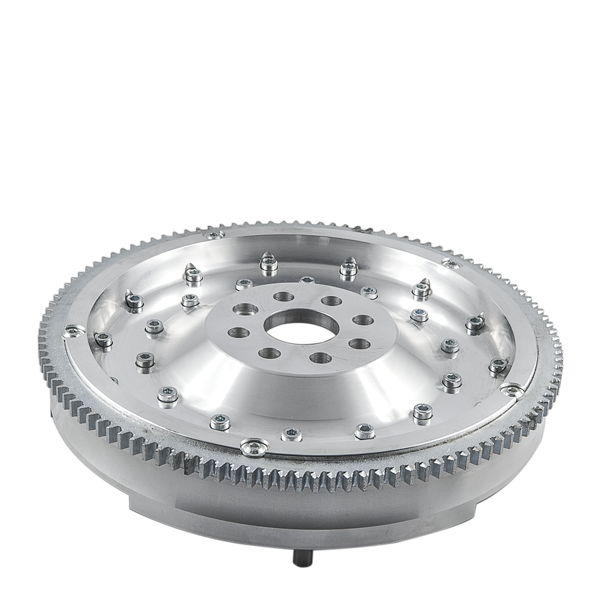
Trigger ring
If the flywheel has a trigger ring, carefully check the height from the crankshaft contact surface to the top of the trigger and the width and diameter, just as you do with the starting ring. Also check where the "missingtooth" is located in relation to the flywheel guide pin against the crankshaft. This is so that you can use original settings for triggers and avoid measuring for new values, even if an aftermarket ECU is used. Many flywheels have an asymmetrical bolt pattern. The sensor should be mounted with a clearance less than ~ 1mm from the flywheel trigger ring.
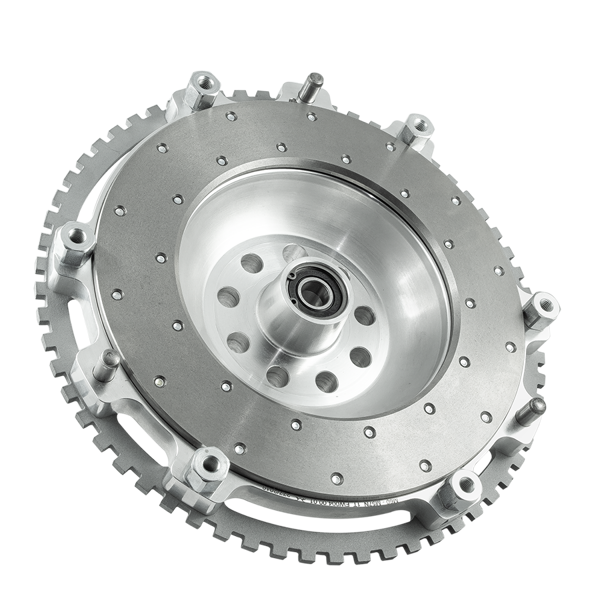
Standard clutch friction surface
If an OEM clutch is used, the friction surface of the new flywheel must be at the same height as the old one (+ - a few mm is usually okay). This is so that the original clutch disc splines / hub have 100% engagement with the gearbox's input shaft.
Performance clutch friction surface
If a performance / motorsport / special clutch is used, the friction surface of the new flywheel must be carefully measured. You can not have the clutch too far from the engine because then the pressure plate can interfear with the gearbox cover. You can also not have the clutch too far from the gearbox because then the lamella hub / splines may not get 100% engagement on the gearbox's input shaft.
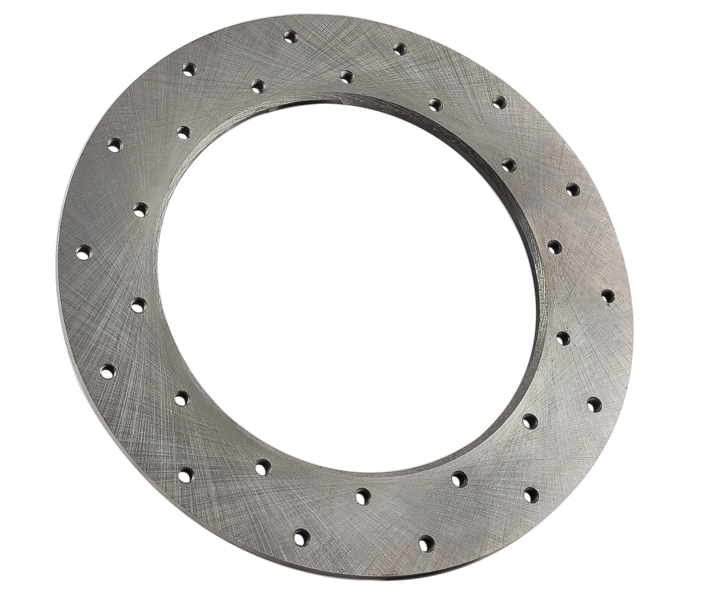
Pilot bearing
Most flywheels have a support bearing / Pilot bearing in the center of the gearbox's input shaft / center of flywheel. Then you never have to worry about the clutch disc hub not getting full engagement with the input shaft of the gearbox. The input shaft also receives excellent support, but this places great demands on everything else being mounted correctly in terms of straightness / balance.
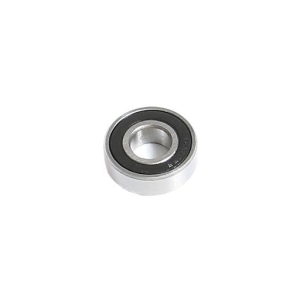
Pressure plate mounting
Most flywheels have guide pins that center the pressure plate so that vibrations do not occur. Check how these are used as imbalance in connection can cause major problems.
Clutch slave cylinder
If a performance / motorsport / special clutch is used, the thrust bearings will probably also need to be adjusted in or out.

Flywheel bolts
The bolts used to mount the flywheel and clutch must be 12.9 or higher quality. Guide pins should be used to relieve the bolts. If guide pins are not used, the bolts must have a good fit in the flywheel, otherwise they risk breaking.

















